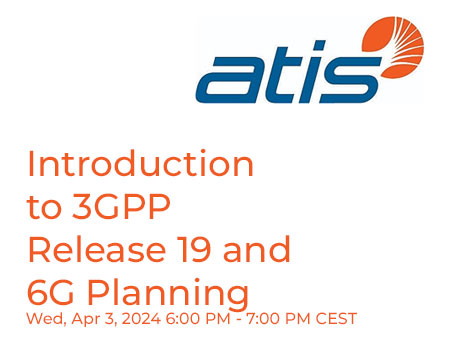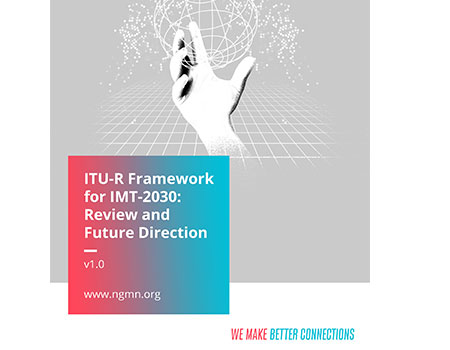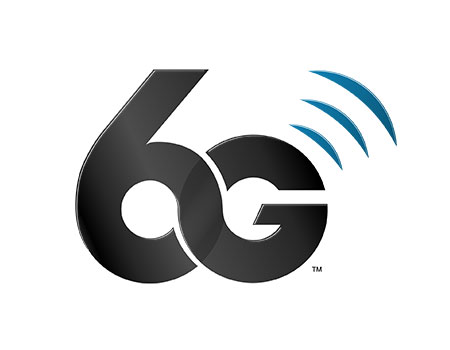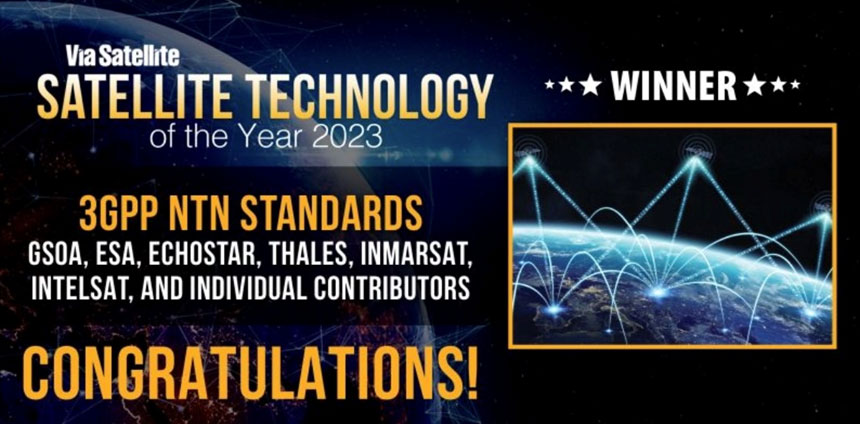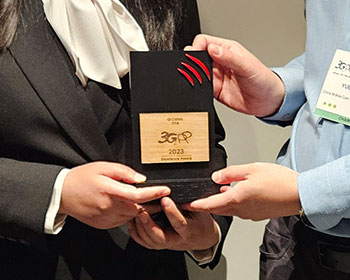By Daniel Silhavy (Fraunhofer FOKUS) and Jordi J. Gimenez (Head of Technology 5G-MAG)
First published May 2023, in Highlights Issue 06
3GPP has progressed and completed the enablers for media services on 3GPP-based systems. However, a reference and conformance programme to validate and prototype the 3GPP specifications and catalyze the adoption was lacking. As the 3GPP Market Representation Partner serving the media industry vertical, the 5G Media Action Group (5G-MAG) has undertaken the task to fill this gap by co-ordinating the creation of a set of open-source reference implementations of relevant 3GPP technical specifications, which are available freely at www.5g-mag.com/reference-tools.
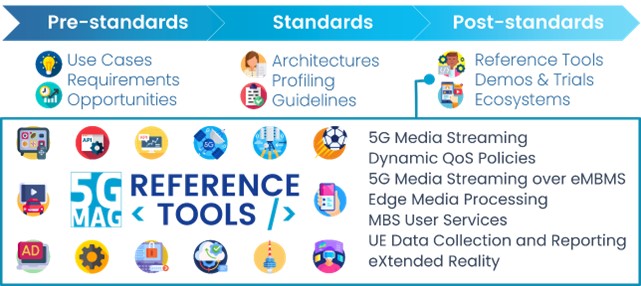
3GPP specifications for multimedia applications
3GPP started developing functionalities for multimedia services and applications as part of the Rel-16 and Rel-17 specifications. These include enablers for 5G Media Streaming and extensions such as edge processing, analytics and event exposure; improvements to LTE-based 5G Broadcast and hybrid services; 5G Multicast Broadcast Services (MBS); eXtended Reality (XR) and Augmented Reality (AR) experiences. In parallel to this work, 5G-MAG is developing reference software – the 5G-MAG Reference Tools. To this date, the following components and functionalities are available in our repositories (www.5g-mag.com/repositories):
- End-to-end MBMS and LTE-based 5G Broadcast system with a set of Rel-17 features supported in a standalone transmitter, modem and middleware.
- A reference implementation of the FLUTE protocol for multicast file transfer.
- Network-side support for downlink 5G Media Streaming (5GMSd) with:
- A reference 5GMSd Application Function supporting northbound provisioning operations (at reference point M1d) and southbound network operations (at reference point M5) to UEs via the User Plane.
- A reference 5GMSd Application Server implemented to act as a CDN node and supporting basic functionalities for content ingest (at reference point M2d), content hosting, and media serving to UEs via the User Plane (at reference point M4d).
- A reference Android 5GMSd Client including:
- A reference Media Session Handler that manages 5GMSd session and which exposes basic media session handling client APIs to 5GMS-Aware Applications via reference point M6d.
- A reference Media Player, based on Exoplayer, that fetches media content via M4d from the 5GMSd AS under the control of a 5GMS-Aware Application using media stream handling client APIs at reference point M7d.
- Reference applications for testing, including:
- A 5GMSd-Aware Application with support for the M6d and M7d client APIs. This also supports an application-private means to obtain a list of available 5GMSd services from an external source, including media entry points and provisioning session IDs via reference point M8d.
- An Android DVB-I player implementation.
The upcoming months will bring collaborative efforts towards the support of additional 5G Media Streaming features, including UE data collection and reporting, dynamic QoS policies, 5GMS over eMBMS, emergency alerts over LTE-based 5G Broadcast or MBS. Initial thoughts around XR are also envisaged.
Open community and close collaboration with 3GPP SA4
The 5G-MAG Reference Tools development programme is open to the industry as well as to individual contributors. As such, different tools are being used to handle communication, developer team meetings, contributions and fixes. Check our GitHub, Google Group and Slack channels.
Regular communication with 3GPP is essential to progress both implementing specifications while providing useful feedback on them. For this purpose, a regular ad hoc liaison with 3GPP SA4 has been established to discuss specific details of the technical specifications in relation to the ongoing reference implementations. Our GitHub repository on Standards provides a framework to collect feedback issues on the relevant specifications.
In addition, developers are invited to provide insight into their contributions under a DEVELOPER XCHANGE events programme.
Moreover, the 5G-MAG developer community is in close contact with the maintainers of other open-source software such as SRS and Open5GS to align the activities of the projects.
Plenty of opportunities ahead
The 5G-MAG Reference Tools community invites the media and ICT industries to leverage the open-source tools and reference services for their own trials and services, and to provide feedback in terms of comments, bugs reports or contributions to create a truly collaborative and global reference system. For the next target, it is expected that remaining Rel-17 functionalities as well as initial Rel-18 functionalities will be addressed. Plenty of opportunities are ahead towards supporting XR and new media, as well as uplink streaming or non-public network setups. Join and contribute at developer.5g-mag.com.
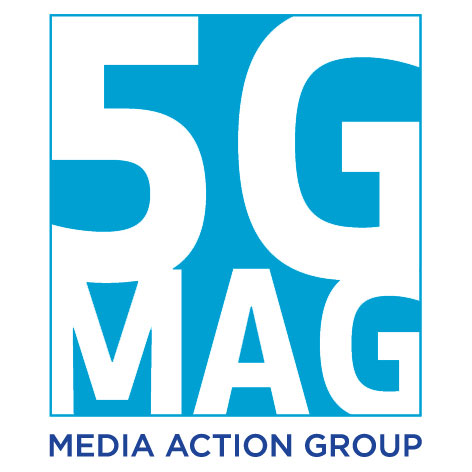

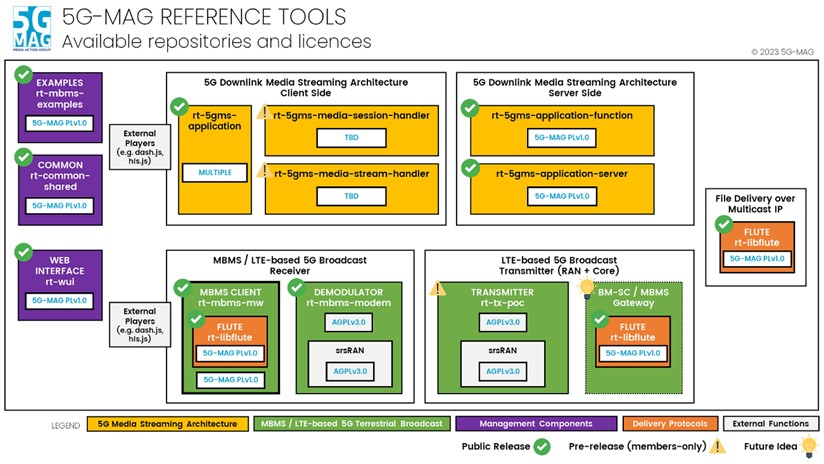
 Partners News
Partners News 